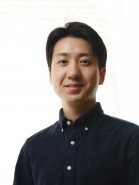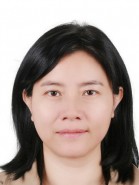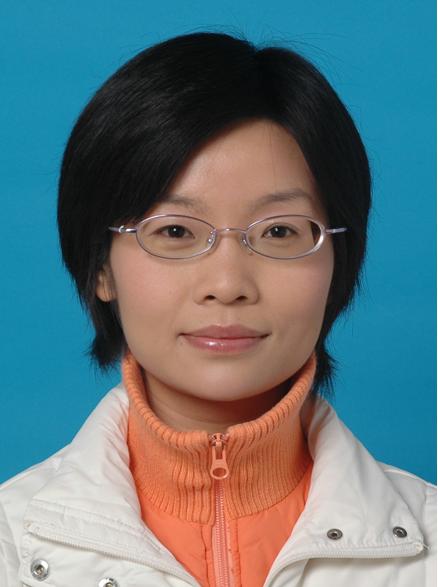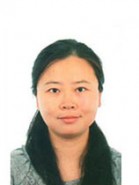Related People
Another batchZhang Yi
School of Arts and Archaeology
Hu Yulan
School of Arts and Archaeology
WUXIAOMING
School of Arts and Archaeology
Guo Yi
School of Arts and Archaeology
CHEN Hong
School of Arts and Archaeology
Chen GuXiang
School of Arts and Archaeology
Zheng Xia
School of Arts and Archaeology
Hui Zhang
School of Arts and Archaeology
SHILIU
School of Arts and Archaeology
SHAWEI
School of Arts and Archaeology
2024-06-01
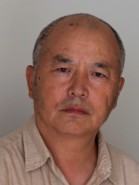
- 13738048187
- xiejisheng@zju.edu.cn
- 216 West 3C Zijingang Campus, ZJU
-
- · Tibetan Art History
- · Buddhist Art
Since April 2014
Professor of School of Humanities, Director of Zhejiang University Center for Buddhist Art
April 2014 - Aug 2005
Professor of College of Fine Arts, CNU,Director of the Institute for Sino-Tibetan Buddhist Art
CNU Member of Academic Committee
Aug 2001 - Aug 2005
Research Fellow, Institute of Ethnology & Anthropology, CASS
Mar 2000 - Aug 2001
Associate Research Fellow, Institute of Nationality Studies, CASS
Aug.1993 - Mar. 2000
Associate Research Fellow, Inst. for the Literature of National Minorities, CASS
July 1987- Aug.1993
Assistant Research Fellow, Institute for the Literature of National Minorities
July 1982 - Sept.1984
Secretary, Personnel Division of Tibetan People's Government, Lhasa
July 1975 - Oct 1978
Accountant & Barefoot Doctor in a People’s Commune of Pingluo County, Worker in Ningxia Steelworks
Jun 1989 - Aug 1999
Visiting Scholar of the Harvard-Yenching Institute 98-99, Harvard University
Sept 2003 - Jan 2004
Visiting Professor in the Institute of Chinese Studies, Yunlin Tech University
In recent years my interest has been focusing on the field work on investigating the relic sites of Tibetan or Sino-Tibetan Buddhist art, especially in the areas where Tangut had been active from the 12th to 14th century. I think that earlier Xixia art with a "Tibetan style" has no immediate relation with systematic Tibetan Buddhism but its stylistic sources may directly connect with parallels of Pala, Pagan and areas in Central Asia. This tradition shaped in the period was so strong that the monuments like the images in Feilaifeng in Hangzhou and in Juyongguan Pass in Beijing still followed the arrangements.
Though some scholars paid a great interest on the monastery, the source of Drathang mural is still a difficult problem. The crux is that the researchers who work in it, after a fixing thinking, are keen to look for evidence from Pala, or the texts by great masters such as Atisa. Perhaps we have a misunderstanding to the situation of Tibetan art from the 11th to 13th century. In which we confirmed that the rise of the art in phyir-dar was stimulated by Pala art, all the appearance of the style also supported our estimation. In 2015, I hope to finish my research on Drathang murals, which will interpret why the opinion originate.
By the way, on Oct 16 to 20, 2015 we will hold the Sixth International Conference on Tibetan Archaeology and Arts in Zhejiang University.
